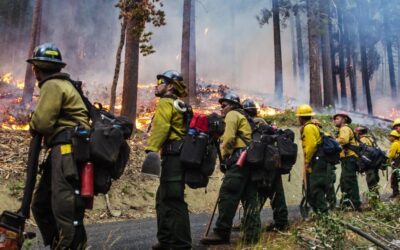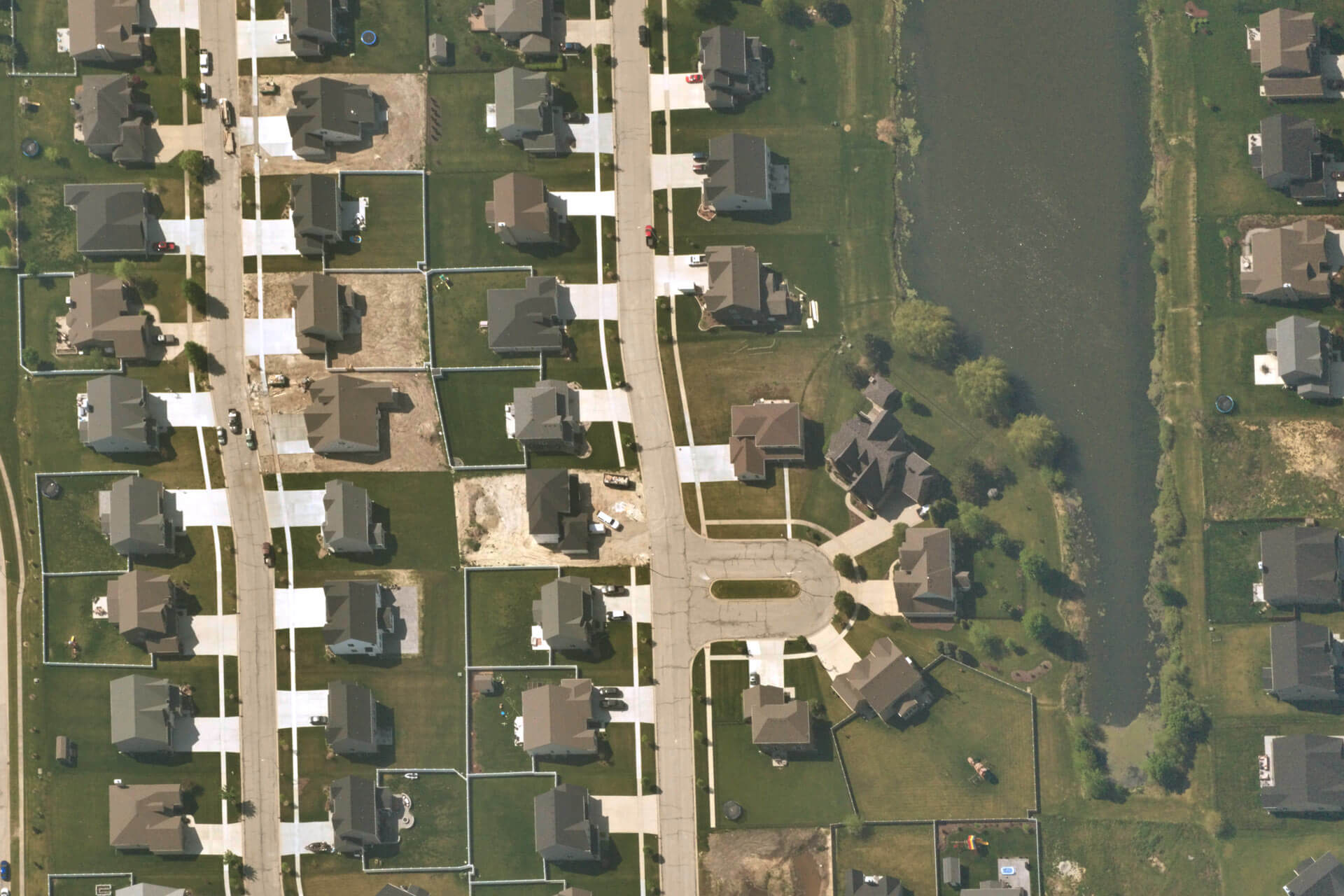You don’t need to be a rocket scientist to understand balloons. But it helps.
Near Space Labs was founded by a group of satellite engineers who took a look at the world and thought, There’s a better way to see our planet. Co-founders Ignasi Lluch, Albert Caubet, and CEO Rema Matevosyan didn’t just go back to the drawing board to design a better satellite; they took everything they knew about Earth imagery and tied it to a balloon.
“Our story is one of scarcity to abundance,” says Matevosyan. “When you’re really strapped for resources, you need to find creative ways around things, and the best way to do that is by bringing people together and bringing diverse angles to all the issues the company needs to tackle.”
As the leader of a startup, Matevosyan knows a thing or two about feeling strapped for resources. But in her role, she’s taken the lead on turning challenges into wild successes, starting with building her team. Since their founding in 2017, Near Space Labs has assembled a company rich in cultural and intellectual diversity. Near Space Labs employees collectively speak a dozen languages and reside on two continents. They bring with them the sort of experience you’d expect: computer vision, flight engineering, mechatronics. But it’s the surprises in their backgrounds that come together to make Near Space Labs special, like Lead Mechatronics Engineer Jesus Dominguez who once built a 100 lb. battle bot.
It seems that thrill-seeking runs in the blood of several Near Space Labs employees. Lead Avionics Engineer Joan Jorquera paraglides on his days off, and meanwhile, Fleet Manager & Robotics Engineer Paul Czeresko was president of his college skydiving team (go Flying Gamecocks!). Even Head of Business Development Natalia Farhadmotamed is game to fly through the air nearly unassisted. “I’m a thrill-seeker, so I’ll try anything adventurous,” she says. “Wing-walking, flying in a glider, kiteboarding, skydiving, you name it. I feel people’s energy very acutely — one of many reasons I got into business development, sales, and working with people.”
Farhadmotamed gets to the heart of how the little things — walking on the wings of a plane mid flight, for instance — inform how the Near Space Labs team sees the world, and how their paths through life have led them to redefining not just aerial imagery, but how we interact with and interpret our planet. For some, the path has been as linear as it can be when the end is launching a balloon into the air. For example, Ignasi Lluch and Matevosyan met when they were studying satellites in Moscow. And, naturally, Computer Vision Engineer Alexa Mosegui has had a lifelong passion for photography. “I’ve loved photography since I was 5 years old and I got my first camera,” she says. “Since then, I’ve always seen the world in a different way. My head is always trying to composite the world in different images.”
For others, the path has been more circuitous. Take, for example, Senior Software Engineer Sunny Gonnabathula, who began his career by dropping out of nuclear engineering school. Today, when he’s not working on an electric motorcycle build, he’s developing software to enable key integrations and seamless customer experiences.
All this diversity of experience comes together to form a team that is passionate about not just rethinking the technology of aerial imagery, but how this data can help a changing world. “Everything is interconnected and operates as a system,” Matevosyan explains. “You need to be able to observe it, not just from a street level as you walk from work to home, but also from a high-level view, a system view, to understand trends and assessments about the world around you.”
Matevosyan’s idea of scarcity to abundance is clearest when she thinks about where Near Space Labs is headed. She and the Near Space Labs team believe that getting this technology into more hands than ever before will transform a scarcity of understanding of how our planet is changing into an abundance of quality data that can be interpreted to bring about lasting change. The team has designed a product that is so cost effective and easy to use that an entirely new demographic of researchers, planners, and even artists can easily gain access to imagery. Just a few short years ago, that very idea was unthinkable.
In the end, Matevosyan understands that to succeed as a company, it’s the people and relationships within and around it that matter most. “We move through the world believing that building trust and good relationships is the way to go,” she says. “And those relationships are what really result in fulfilling and rewarding business partnerships. We value the human element. The people that we work with are not just accounts on our balance sheets, ever. They are our priority.”
<!– [if lte IE 8]>




